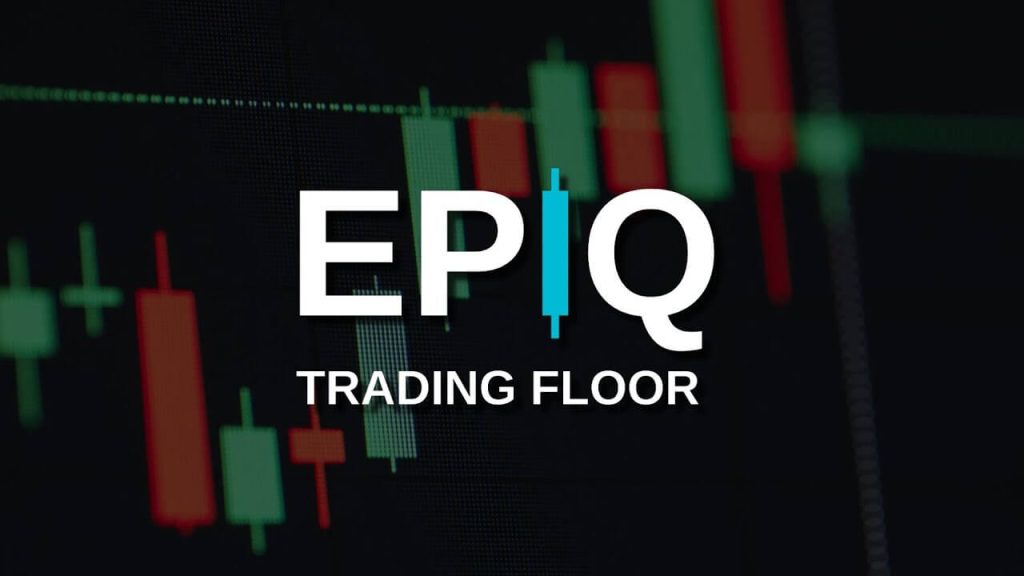In the world of cryptocurrency, staking and mining are two popular ways to earn passive income. While both involve supporting blockchain networks, they differ in terms of processes, costs, and rewards. Choosing the right method depends on your investment goals, technical expertise, and resource availability.
In this blog, we’ll break down the key differences between staking and mining, explore their pros and cons, and help you decide which strategy suits your needs. We’ll also introduce tools like the EPIQ Crypto Macro Dashboard to help optimize your passive income strategy.
What is Staking?
Staking is the process of participating in a blockchain network by locking up a certain amount of cryptocurrency to validate transactions. This mechanism is commonly used in proof-of-stake (PoS) blockchains.
How Staking Works
- Lock Your Tokens: Stake your cryptocurrency in a wallet or staking platform.
- Validate Transactions: Your stake helps secure the network and validate transactions.
- Earn Rewards: Receive rewards in the form of additional tokens, proportional to your staked amount.
Examples of Stakable Cryptocurrencies
- Ethereum (ETH): Transitioned to PoS with Ethereum 2.0.
- Cardano (ADA): Known for its low energy consumption.
- Polkadot (DOT): Offers multi-chain interoperability.
Benefits of Staking
- Low Barrier to Entry: Requires minimal technical knowledge.
- Eco-Friendly: Uses significantly less energy compared to mining.
- Passive Rewards: No need for constant monitoring or hardware.
Drawbacks of Staking
- Locked Funds: Your staked tokens may be inaccessible for a set period.
- Market Risk: Token value fluctuations can impact your earnings.
What is Mining?
Mining is the process of validating transactions and securing a blockchain network through computational power. This mechanism is central to proof-of-work (PoW) blockchains.
How Mining Works
- Set Up Mining Equipment: Use specialized hardware like GPUs or ASICs.
- Solve Complex Algorithms: Compete to solve cryptographic puzzles.
- Earn Rewards: Receive cryptocurrency as a reward for successful validation.
Examples of Mineable Cryptocurrencies
- Bitcoin (BTC): The original cryptocurrency and the most popular for mining.
- Litecoin (LTC): Known for faster transaction times.
- Monero (XMR): Focused on privacy and anonymity.
Benefits of Mining
- High Rewards Potential: Especially for early adopters or large-scale miners.
- Decentralization: Mining supports a decentralized network.
- Liquid Rewards: Earned rewards can be immediately traded or sold.
Drawbacks of Mining
- High Costs: Requires expensive hardware and significant electricity consumption.
- Technical Expertise Needed: Mining setups demand ongoing maintenance and optimization.
- Regulatory Risks: Mining operations are banned or restricted in some regions.

Staking vs. Mining: A Side-by-Side Comparison
| Feature | Staking | Mining |
|---|---|---|
| Energy Consumption | Low | High |
| Setup Costs | Minimal (no hardware needed) | High (requires GPUs or ASICs) |
| Technical Expertise | Minimal | Advanced |
| Rewards | Lower but steady | Potentially higher but volatile |
| Eco-Friendliness | Environmentally friendly | High energy usage |
| Token Lock-Up | Required in most cases | Not required |
Which is Better for Passive Income?
The best method depends on your resources and goals:
Choose Staking If:
- You want a simple, eco-friendly option.
- You lack access to expensive hardware or cheap electricity.
- You’re investing in PoS cryptocurrencies like Ethereum or Cardano.
Choose Mining If:
- You have technical expertise and access to low-cost electricity.
- You’re interested in PoW cryptocurrencies like Bitcoin.
- You can invest in and maintain mining equipment.
Tools to Enhance Your Strategy
1. EPIQ Crypto Macro Dashboard
The EPIQ Crypto Macro Dashboard provides:
- Real-time insights into staking and mining opportunities.
- Market trends to optimize your passive income strategy.
- Advanced analytics for tracking token performance.
2. Secure Wallets
Protect your staking rewards or mined tokens with hardware wallets like Ledger. These wallets keep your private keys safe and offline, minimizing security risks.
3. Monitoring Platforms
Use platforms like Staking Rewards or WhatToMine to evaluate the profitability of staking and mining options.

How EPIQ Trading Floor Can Help
At EPIQ Trading Floor, we provide the tools and resources to make informed decisions about staking and mining:
- Real-Time Data: Monitor market trends and identify profitable opportunities.
- Educational Resources: Learn how to maximize returns from staking and mining.
- Community Support: Connect with experienced traders for shared insights.
Sign up today for a 3-day free trial and take the first step toward smarter crypto investments.
Conclusion
Both staking and mining offer unique advantages for earning passive income in the cryptocurrency space. While staking is ideal for eco-conscious investors seeking simplicity, mining appeals to those with technical expertise and access to affordable resources.
To make the most of your crypto investments, leverage tools like the EPIQ Crypto Macro Dashboard and secure your assets with trusted wallets like Ledger. Join the EPIQ Trading Floor today and unlock the tools needed to maximize your passive income potential.
Disclaimer: The information provided in this blog is for educational purposes only and does not constitute financial advice. Cryptocurrency trading and investing involve significant risk, and you should consult with a financial advisor before making decisions.










Responses